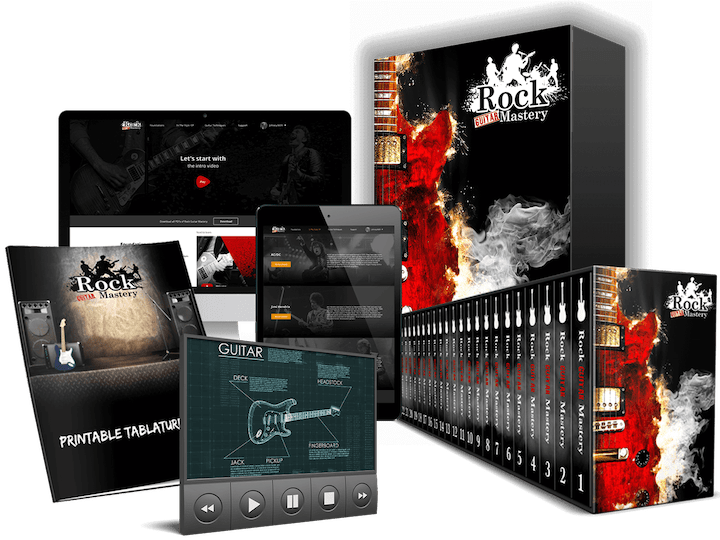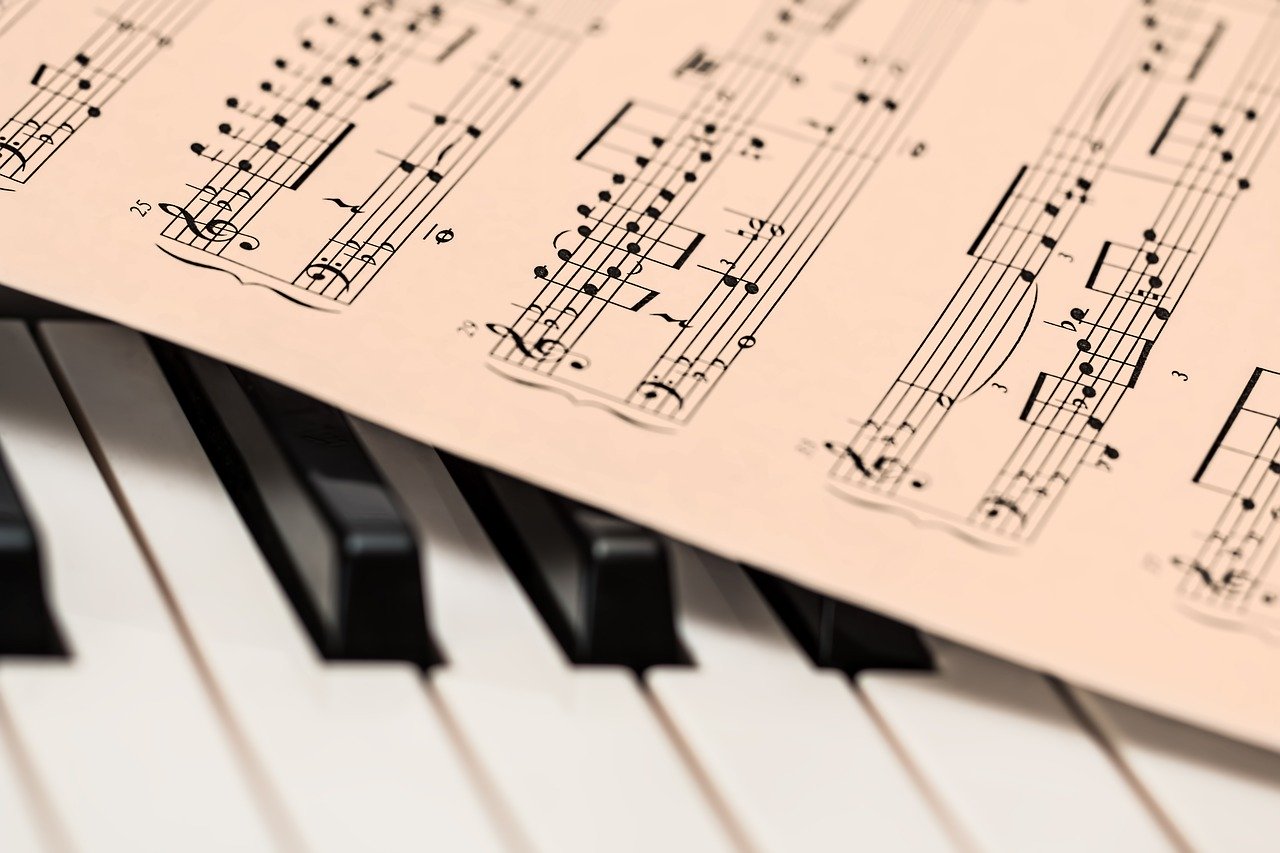The guitar music sheet is actually quite similar in many ways to other music sheets for other instruments.You will find that the basic features like note, stave, and other notation marks are present in music sheets for guitar and other instruments like piano.Another similarity is the fingering suggestions for piano and guitar. But, the music sheet for guitar is actually much easier to follow, since it contains only a single stave.
Table of Contents
Guitar tab and written music
One significant difference with the guitar written music is the use of a tab. Take note that a tab is not the same as a stave notation. Each tab line relates to a guitar string, and does not correspond to any pitch. The numbers that you can see below the notes shows you the fret to you need to hit.You know that you are looking at a tab because there are six lines. The typical music staff has only five lines. And the guitar music is normally written on what is called a treble clef, which is found at the grand staff’s upper half.You need to remember that guitar music is moved higher to one octave, and this means that you are playing guitar music that is one octave lower compared to what you can see.
Music sheet composition
In order to properly learn how to read sheet music for guitar, you must be acquainted with the different music sheet variables.
• The staff – they are the spaces and lines that carry the notes of the guitar music.
• Treble chef –the G note in the music sheet is circled by the treble clef.
• Ledger lines – these are the lines under or above the staff that goes outside the 4th string, 2nd fret (E), and 1st string, 1st fret (F).
• The lines–there are 5 lines in a guitar music sheet, and you place the notes on the lines.
• Key signatures – this variable is an indication on when you need to keep the notes flat or sharp.
• The spaces – these are spaces that are needed when you write music notes for your guitar.
• Accidentals – these are notes that do not naturally appear in the note, and they are marked using a symbol of flat, natural, or sharp.
• Time signatures –the upper number indicates the number of beats in one measure. And the number below can be understood by exchanging the above number with the number one. The remaining fraction tells you the note that will receive the beat.Take note that for every measure, there are 4 quarter notes.
• Bars – these are the parallel lines that creates boundaries in the music sheet.
• Notes – there are multiple notes in a guitar music, but the three most commonly used notes are 2 beats or half notes, 4 beats or whole notes, and 1 beat or quarter notes. Take note that you can divide the notes to achieve smaller beats. You can get ¼ beat or 16th notes, ½ beat or 8th note, and 1/8 beat or 32nd notes.
• Rests –these are quite the same as notes, but rests tells you in which part you should not play. They are divided into various beats, and the most common rests are 4 beats or whole note rests, 1 beat or quarter note rests, and 2 beats or half note rests. And you can still divide these rests more to become smaller.
• Dots –if there is a dot that is located beside a note, what you need to do is collect the note’s half value and add the number to the note. As an example, if you see a dot beside a half note, the note is tallied as 3 beats.
• Slurs – the slurred notes are intended to be played legato. With this variable, you need to utilize pull-offs and hammer-ons.
• Ties –the ties are there to tell you that you should connect the notes and play both notes as one.
• String & Finger Indications – if you are supposed to play a tune using a specific string, you will see a number on top of the note that indicates which string you should use.If the intention is to play a key using a particular finger, you can find a number next to the note and that reflects the finger you must use.
• Repeat signs –the purpose of the repeat signs is to let you know that you must returnto the first two dots in the music sheet and start playing from there.
Importance of reading guitar music sheet
Learning how to read a guitar music sheet is an advantageous skill that you need as a guitar player. Reading the music sheet also conveys that you can write guitar music. And with this knowledge, you can let your creativity loose and discover new ways to make music.By recognizing the notes and how to play them, you are becoming a better musician.
Fastest way to learn to read guitar music sheet
At first, it can get confusing to learn how to figure out what a guitar sheet music is trying to say. But, as long as you familiarize yourself with the all the variables that comprises a music sheet, you can learn to read it. You can try to learn on your own by reading posts or books about guitar music sheet. Or you can download an app to help you out. And the best method to learn fast is to ask assistance from someone who actually know how to read music sheets. It is always better to have a live person explain everything.
Final say
You are a guitar player, and it follows that you should know how to read music sheets for guitars. It would make your life so much easier if you do. Plus, acquiring this incredible skill allows you to improve your music writing and playing. This is especially beneficial for you if you have aspirations of becoming a professional song writer, strummer, or singer.
Master Thousands of Your Favorite Songs In As Little AS 60 Days! Click below to find out more!
-->Click Here<--






